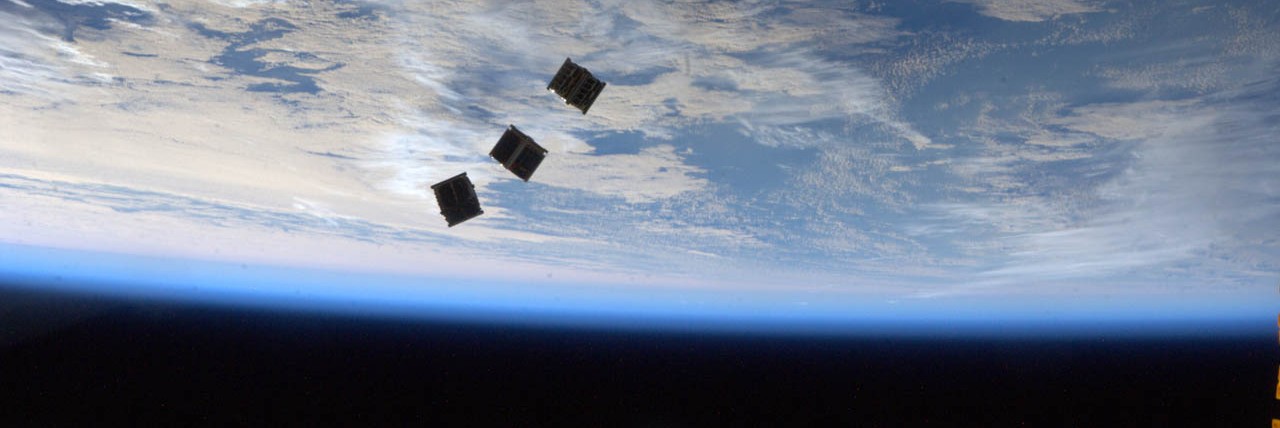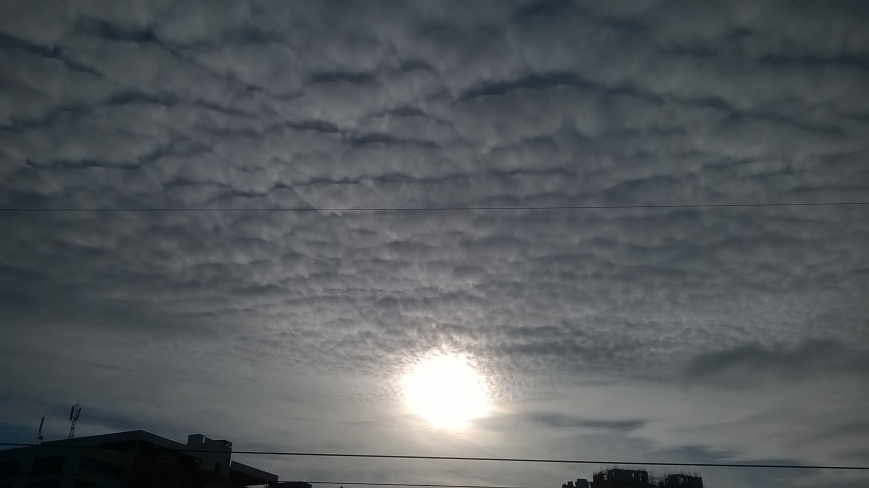Today the space enthusiasts are going to celebrate the first annual International Observe the Moon Night.

The first annual International Observe the Moon Night is Sept. 18, 2010
Moon
The Moon is Earth’s only natural satellite and is the fifth largest satellite in the Solar System. It is the brightest object in the sky after the Sun. Since ancient times man always had fascination with moon and that is why it made the moon as an important cultural influence on language, the lunar calendar, art and mythology.
Observing Moon
Understanding of the Moon’s cycles was an early development of astronomy; we have records of observations made by man from around the 5th century BC.
It all started from lunar eclipses then moon’s monthly elongation; Later the physical form of the Moon and the cause of moonlight became understood.
Then in modern world it started with the direct lunar exploration. The Cold War-inspired space race between the Soviet Union and the U.S. led to an acceleration of interest in exploration of the Moon.
India’s first lunar mission, Chandrayaan I, orbited from 8 November 2008 until loss of contact on 27 August 2009, creating a high resolution chemical, mineralogical and photo-geological map of the lunar surface, and confirming the presence of water molecules in lunar soil. The Indian Space Research Organisation plans to launch Chandrayaan II in 2013, which is slated to include a Russian robotic lunar rover.
The U.S. launched the Lunar Reconnaissance Orbiter (LRO) with LCROSS impactor. It was launched on 18 June 2009 one year, extended mission of up to five years. Elapsed time: 1 year and 3 months.
InOMN
The Lunar Reconnaissance Orbiter (LRO) is NASA’s spacecraft that currently orbits 50 km above the lunar surface. The seven instruments aboard LRO return unprecedented views of the lunar surface, including each of the Apollo landing sites! The LRO Education and Public Outreach team strives to bring the exciting science and breathtaking data to the public through outreach events such as InOMN, and through formal and informal education programs.
“Last year (2009) NASA Ames and NASA Goddard each had individual events that were very successful, so we decided to do it again, but make it bigger and better and ask the rest of the world to join in,” said Doris Daou, who is the Director of Communications and Outreach for the NASA Lunar Science Institute.
Last year’s events celebrated the Lunar Reconnaissance Orbiter’s (LRO) successful orbit insertion around the Moon and the Goddard Center hosted an event called “We’re at the Moon!” while NASA Ames had a “National Observe the Moon Night” as part of the International Year of Astronomy (IYA). 
“Since this year is now an international event, we have an overarching theme, ‘Seeing the Moon in a Whole New Light,’ which is largely based on the fact that we have all this wonderful new data that has come back during the past year from the Lunar Renaissance Orbiter (LRO) as well as the Chandrayaan-1 spacecraft and other spacecraft,” said Lora Bleacher the Informal Education Lead for the LRO mission.
Activities
- Mission Moon:
Activity that has students think about the ideal location for an outpost on the Moon based on data about the lunar environment, resources available, and science potential at each of five possible sites. This activity replicates the decisions NASA scientists and engineers would make when deciding where to set up a real lunar outpost.
- Lunar Modules:
The project in which students use science investigation to choose a site for a human habitat on the moon. NASA plans to have humans living and working on the Moon for extended periods of time by the year 2020. This would be an exciting time for lunar scientists, engineers, and astronauts who want to continue the exploration of the moon.
- Exploring the Moon:
Using different books and scientific papers exploring known things about the moon.
Location of the Moon in the sky from Pimpri, Pune
Latitude= N 18° 37′ 12.00″
Longitude= E 73° 48′ 0.01″
Altitude= 560 m
Time=20:00:00 IST
Location of Moon: Hour angle/DEC= 22h52m53s/-17°52’42”


Images of sky view
Follow on Twitter: http://twitter.com/observethemoon
So enjoy tonight with Moon…
🙂





